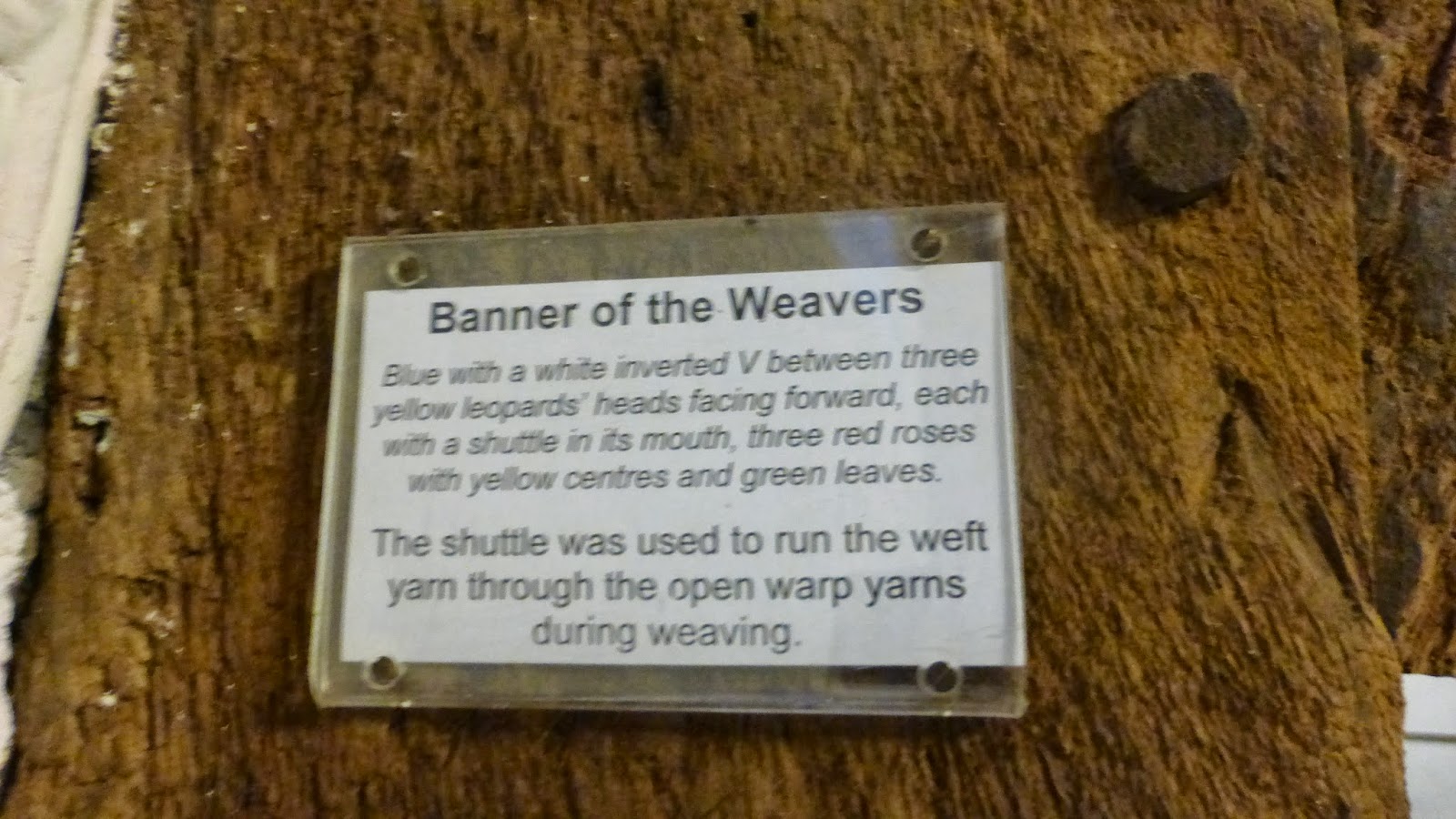Situated in the middle of York is the medieval guildhall of the Merchant Adventurers. The Merchant Adventurers financed overseas trade and this was their headquarters built between 1357 and 1351. They used their wealth to fund dangerous expeditions. During the 14th C merchants across Europe were becoming more important as their wealth increased. Overseas trade was becoming more popular and more profitable making these adventurous expeditions more frequent.
A guildhall is the meeting place of a guild where they discuss their affairs. Each hall would have three types of rooms; one for business, charity and religion.
This is the Great Hall which is still used today for business meetings. The hall was restored to its present condition in 1849
This charter dates back to 158. It incorporates the Mercers of York as the Merchant Adventurers
This is an evidence chest c1340. it is made of oak with iron bands. The company of merchant Adventurers has a substantial archive of documents dating back to 1357. These manuscripts owe their safe keeping to this box which was bought second-hand in the 1400s. In those days anything of real value was stored in a chest not just for security but also for easy removal during a fire.
The Governors Chair by Robert 'mousy' Thompson made in the early 20th C. On each item he always carved a small mouse not always easy to spot.

Downstairs is the Undercroft used as a hospital and almshouse from 1373 to 1900. The inmates were made up of 13 poor and infirm men and women. 13 was the number of the disciples and Christ. they were cared for by chaplains paid through the guild.

The Undercroft floor has been gradually raised by 1.5m due to the rise in the water table. The high water marks can be seen on the wall above. A flood barrier has now been built on the River Foss to help prevent further flooding.
These banners were reconstructed in 1909 for the York pageant. Each one shows the coat of arms granted to the various guils at various times in their past.


This is the pancake bell taken from the church of St Crux when it was demolished in the mid 1800s. The bell was always rung at noon on Shrove Tuesday to signify that the city's servants and apprentices were free for the rest of the day and could take part in pancake related games.
This is the Great Hall which is still used today for business meetings. The hall was restored to its present condition in 1849
Next to the great hall are other smaller meeting rooms.
This charter dates back to 158. It incorporates the Mercers of York as the Merchant Adventurers
This is an evidence chest c1340. it is made of oak with iron bands. The company of merchant Adventurers has a substantial archive of documents dating back to 1357. These manuscripts owe their safe keeping to this box which was bought second-hand in the 1400s. In those days anything of real value was stored in a chest not just for security but also for easy removal during a fire.
The Governors Chair by Robert 'mousy' Thompson made in the early 20th C. On each item he always carved a small mouse not always easy to spot.

Downstairs is the Undercroft used as a hospital and almshouse from 1373 to 1900. The inmates were made up of 13 poor and infirm men and women. 13 was the number of the disciples and Christ. they were cared for by chaplains paid through the guild.

The Undercroft floor has been gradually raised by 1.5m due to the rise in the water table. The high water marks can be seen on the wall above. A flood barrier has now been built on the River Foss to help prevent further flooding.
These banners were reconstructed in 1909 for the York pageant. Each one shows the coat of arms granted to the various guils at various times in their past.
































Wonderful tour of the hall that and so full of history
ReplyDeleteSo interesting! I love this building, with it's open wooden beams and such intricate decorations. So much history.
ReplyDeletecool...thanks for taking me along. :)
ReplyDeletethanks for sharing very interesting place worth visiting
ReplyDeleteSo many interesting things. I'm glad you found the Mousie to show us,
ReplyDeleteSo old, and quite fascinating. I don't know what to make of pancake games.
ReplyDeleteSo wonderful that these old buildings were worth keeping and they are still beautiful. Nice to see how things work , still these days. Have a nice weekend
ReplyDeleteYou always manage to show the whole picture of what to expect when visiting. Nice job!
ReplyDelete